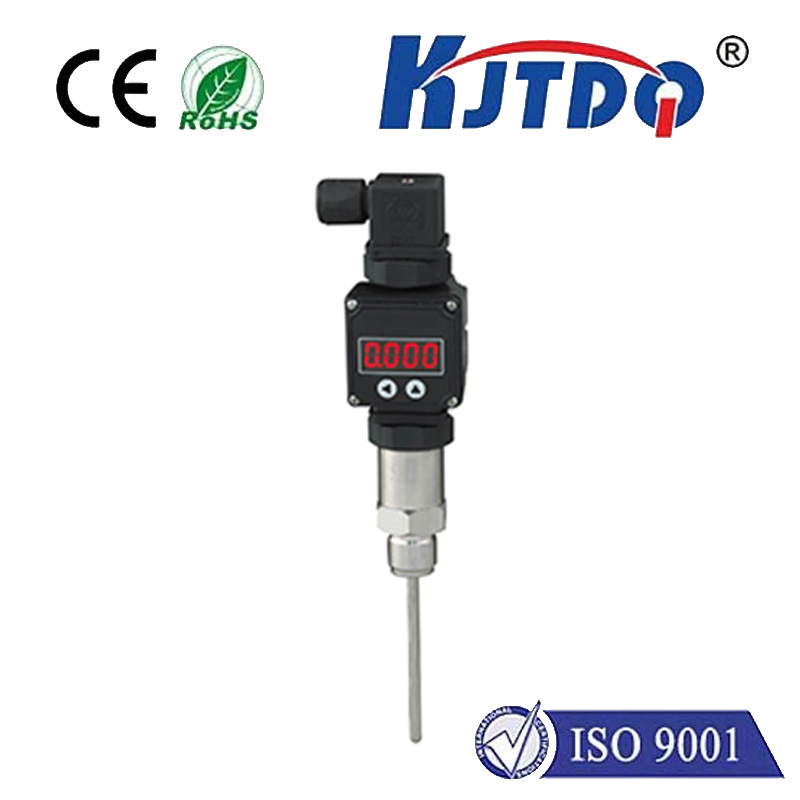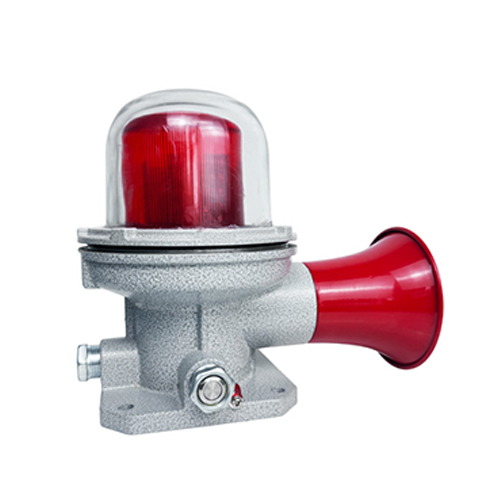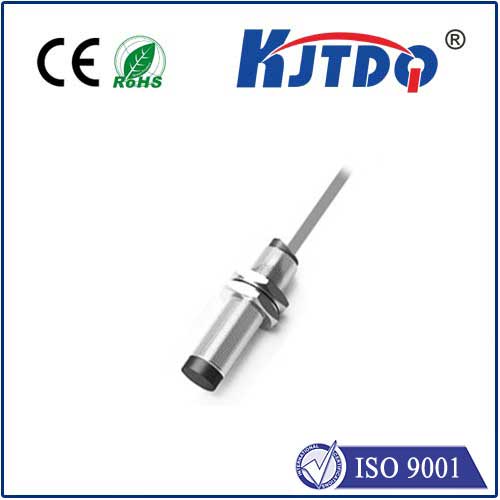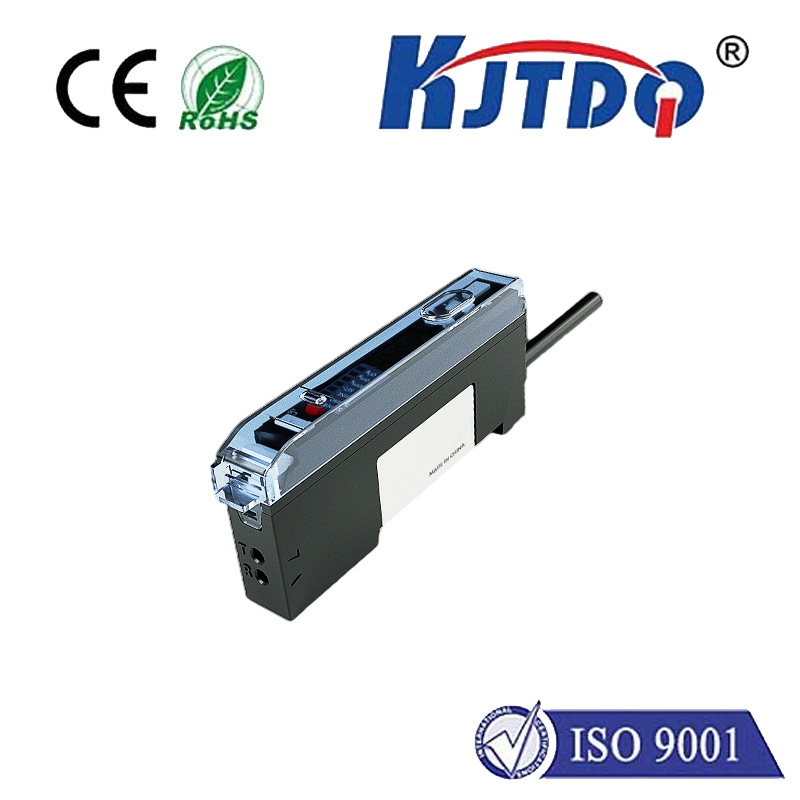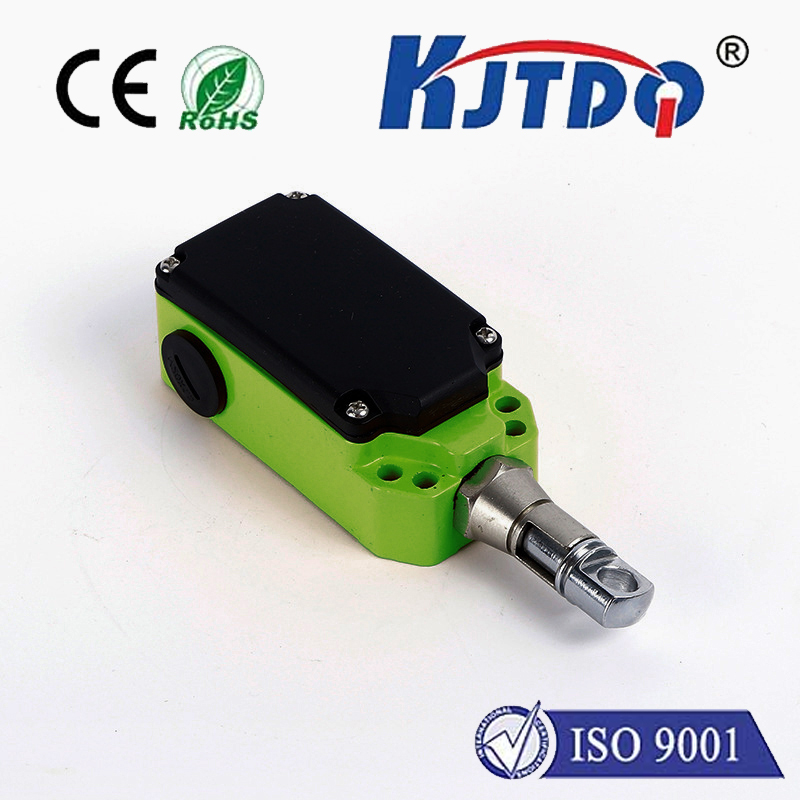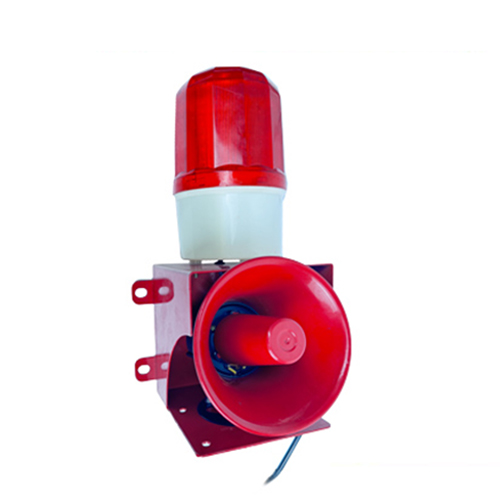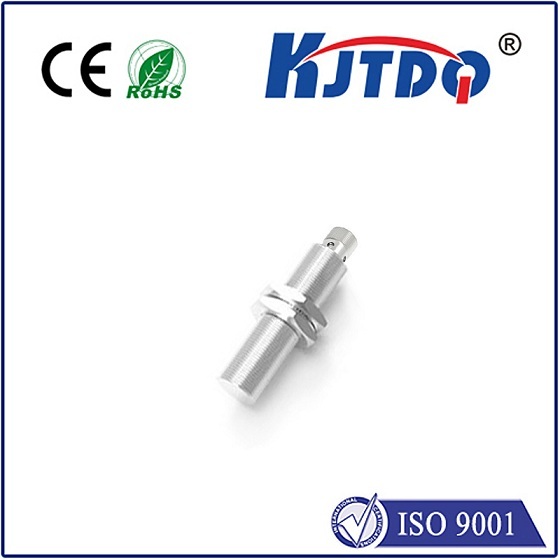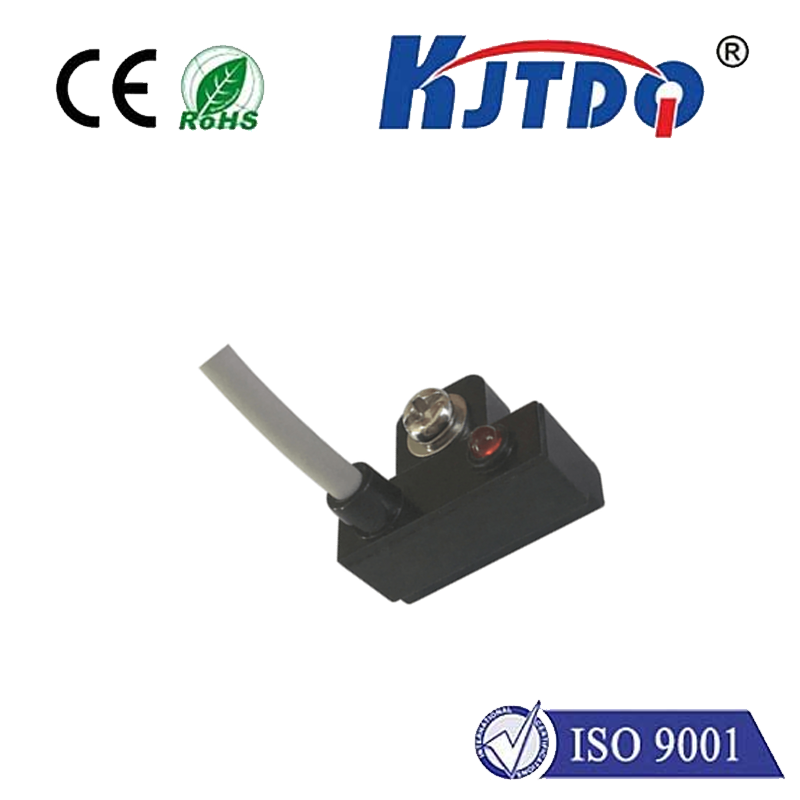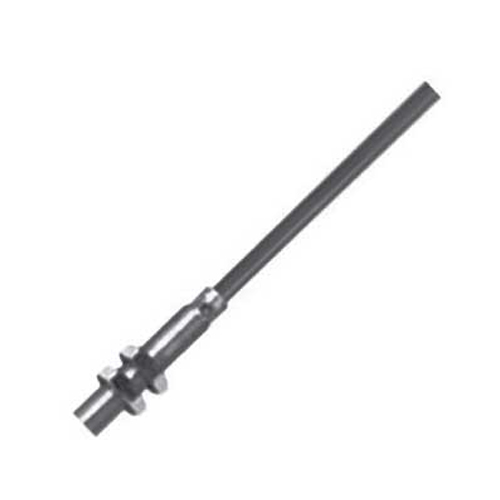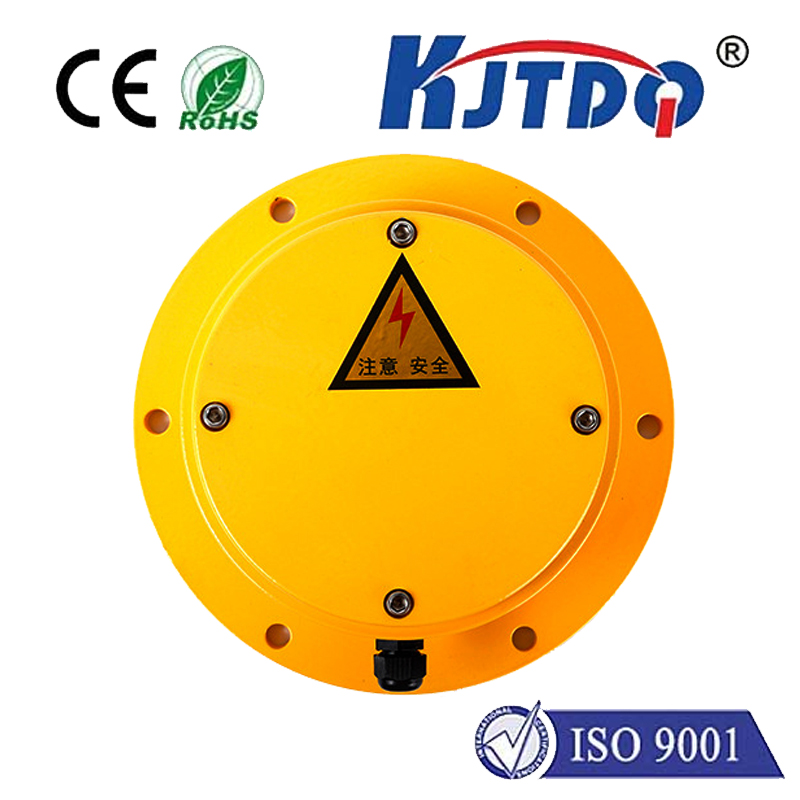

check

check

check

check
PR-MB30C3PL Photoelectric Sensor: Enhancing Precision and Efficiency in Modern Automation
In today’s fast-paced manufacturing and industrial environments, precision and efficiency are the cornerstones of successful automation. At the heart of many automated systems lies the photoelectric sensor, a critical component that enables accurate detection, measurement, and control. Among the various types of sensors available, the PR-MB30C3PL photoelectric sensor stands out for its reliability, versatility, and high performance. This article explores the features, applications, and benefits of the PR-MB30C3PL photoelectric sensor, highlighting how it contributes to the advancement of modern automation technologies.
The PR-MB30C3PL is a high-quality photoelectric sensor designed for use in industrial settings where reliable and accurate detection is essential. It utilizes a light-emitting diode (LED) and a photodetector to detect the presence or absence of an object, making it ideal for applications such as material handling, product sorting, and quality control. The sensor operates on a principle of light reflection, where the LED emits a beam of light, and the photodetector measures the intensity of the reflected light. If the object is present, the light is blocked, and the photodetector detects a change in signal, triggering an action in the system.

One of the standout features of the PR-MB30C3PL is its robust design, which ensures durability and long-term reliability in harsh industrial environments. The sensor is built with high-quality materials and is resistant to dust, moisture, and physical damage, making it suitable for use in a wide range of applications. Additionally, it offers a high detection accuracy, which is crucial for maintaining the integrity of automated processes. Whether it’s detecting a product in a conveyor system or monitoring the presence of a component in a production line, the PR-MB30C3PL delivers consistent and precise results.
Another important aspect of the PR-MB30C3PL is its versatility. It can be configured for different detection modes, including passive and active configurations, allowing it to be used in various applications. Passive sensors use the light emitted by the LED and the reflected light to detect objects, while active sensors emit a light beam and measure the change in signal. The PR-MB30C3PL supports both configurations, making it a flexible solution for different industrial needs. This adaptability ensures that the sensor can be integrated seamlessly into existing systems, reducing the need for extensive modifications.
In addition to its functional capabilities, the PR-MB30C3PL is equipped with advanced features that enhance its performance and usability. It includes a built-in signal processing unit that allows for real-time monitoring and data analysis, providing valuable insights into the operation of the system. This feature enables operators to make informed decisions and optimize processes for improved efficiency and productivity. The sensor also supports various communication protocols, ensuring compatibility with a wide range of automation systems and software platforms.
The application of the PR-MB30C3PL is diverse, spanning multiple industries including automotive, electronics, food processing, and packaging. In the automotive industry, it is used for detecting parts on assembly lines, ensuring that components are properly positioned and aligned. In the food processing sector, it helps in sorting and inspecting products, maintaining hygiene and quality standards. The sensor’s ability to work in diverse environments makes it a valuable asset in modern manufacturing.
As industries continue to evolve and adopt more advanced automation technologies, the need for reliable and efficient sensors becomes increasingly important. The PR-MB30C3PL photoelectric sensor is a prime example of how innovation and engineering can lead to improved performance and productivity. By integrating such advanced sensors into automation systems, manufacturers can achieve higher levels of precision, reduce operational costs, and increase overall efficiency.
In conclusion, the PR-MB30C3PL photoelectric sensor is a vital component in modern automation systems, offering reliable performance, versatility, and adaptability. Its ability to detect objects accurately and efficiently makes it an essential tool for industries that rely on precise control and monitoring. As technology continues to advance, the role of such sensors will only become more critical, driving the future of automation and industrial innovation.
